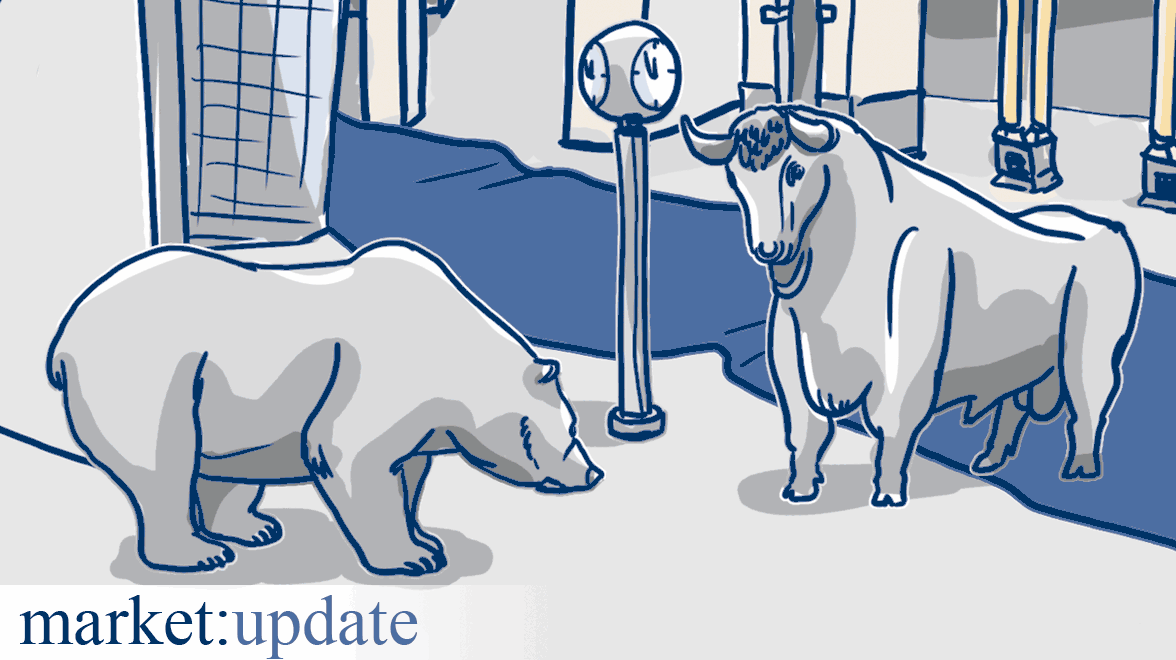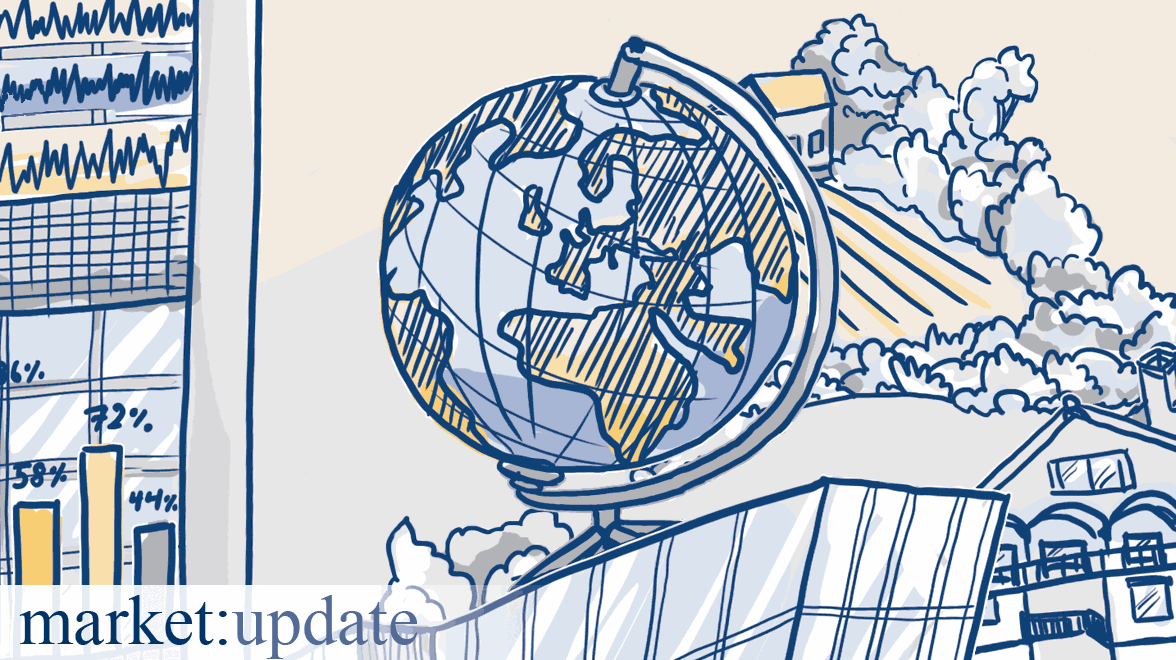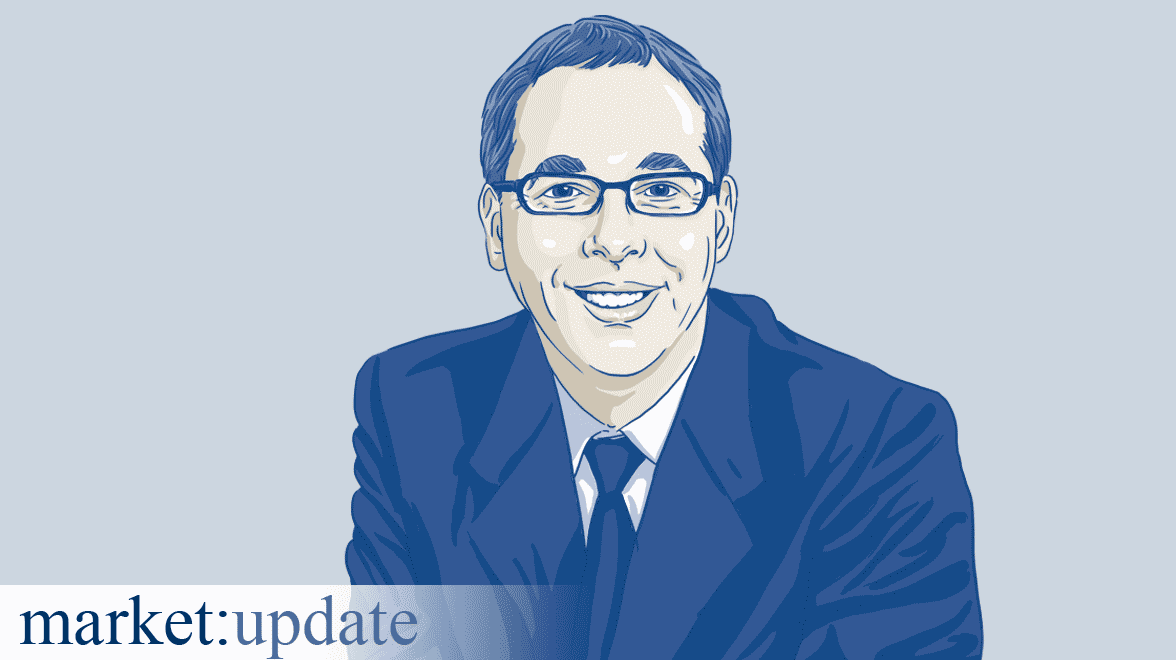The economic outlook is clouded by the banking crisis
The Metzler/Payden joint venture celebrates its 25th anniversary this year and stands for transatlantic expertise. At the first "Economist Summit" on March 21, 2023 in Frankfurt/Main, Jeffrey Cleveland, Chief Economist at Payden & Rygel, and Edgar Walk, Chief Economist at Metzler Asset Management GmbH, discussed the economic outlook. Topics included the current situation of banks, monetary policy and the development of the economy on both sides of the Atlantic.
Walk: Let's start with the most obvious: What do you think about the current banking crisis in the US and Europe? Is it already over or is there more to come?
Cleveland: It's hard to say. My gut feeling tells me it's a systemic problem. As a response to the 2020 covid pandemic and the lockdowns, there was generous government financial aid in the US; money was seemingly dropped from a helicopter. Some two to three trillion US dollars were distributed almost directly by the government to US households. As a result, bank deposits in the US banking system soared. Banks didn't quite know what to do with all the money. Since demand for credit was sluggish, they were looking for alternatives. Thus banks invested huge sums in long-term US government bonds and mortgage-backed securities. As we have seen in recent weeks, some banks had above-average exposure to securities and at the same time were not hedged against interest rate risks. Among the more than 2,000 smaller banks in the US, hedging activity likely varies. This means there are a number of banks that have unrealized losses on their balance sheets.
My gut feeling tells me it's a systemic problem.
Walk: But as long as they don't have significant deposit outflows, they can survive, right? Because they should still be able to earn maybe a 2 percent return on their securities. The deposit rate is about 0.5 percent.
Cleveland: Yes, they can survive, but they have outflows right now. Total deposits in the banking system are now down 1 percent year over year. This happens very rarely and hasn't happened in the last couple of decades. In fact, since the spring of 2021, the Fed has been implicitly raising funding costs for banks through a new tool called the Overnight Reverse Repo Facility. Basically, money market funds can deposit money with the Fed and receive the overnight rate in return. In doing so, they have a fairly safe counterparty and they get an interest rate that is about the same as the Federal Funds Rate. A lot of money, about $2.5 trillion, has been sucked out of the banking system and moved into money market funds. In addition, the tech sector in Silicon Valley has slid into a recession, so many smaller tech companies have been unable to raise more money and their bank deposits have been depleted in the process.
Walk: What about the flexibility of deposit rates in the US? Imagine if banks had to raise deposit rates to as high as 4 percent in the coming months, while earning only 2 percent on their securities.
Cleveland: They tend not to be too flexible, but the Fed's rate hike and deposit outflow are putting pressure on banks to make deposit rates more competitive.
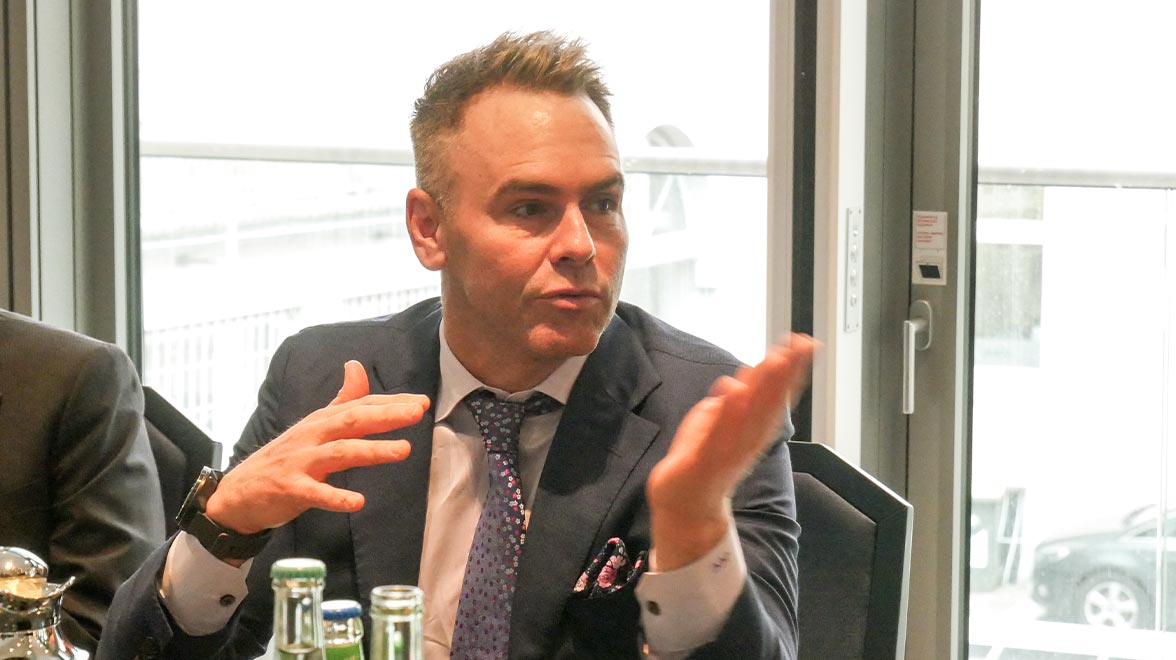
Walk: I think there is a difference here between the US and European banks. There’s not as much money flowing out of the European banking system, which means that banks have less pressure to raise deposit rates. In addition, European banks have a large amount of excess liquidity at the European Central Bank, which is more evenly distributed among banks than in the United States. In the US, excess liquidity is concentrated in a few large banks. That's why I was pretty relaxed about Credit Suisse. Don't get me wrong, I was still glad that the Swiss National Bank decided to intervene because there are enormous interconnections within the banking sector in general. However, in my opinion, Credit Suisse was the only weak link in the European banking system. Apart from that, I don't see many other risk factors at the moment.
Cleveland: Don't you fear there’s a risk in Europe as well? In other words, that there are institutions that invested in longer-dated assets while interest rates were low and are now sitting on high, unrealized losses?
Walk: There are certainly unrealized losses, but these don't need to be realized because banks' deposits are stable and hardly require interest. Moreover, European banks are now receiving interest on their excess liquidity at the European Central Bank and from the market in general, so they have ample interest income. If the European Central Bank can keep financial markets stable in the coming months, especially the senior bond market, banks can write off their losses over time. So I think the banking system in Europe is stable.
Cleveland: I see further developments in the USA. For example, deposits have been transferred from small banks to big banks. Some of the big banks have deposited the money back into small banks in the form of deposits to stabilize the system. Also, the Fed has initiated the emergency Bank Term Funding Program (BTFP); it now accepts collateral from banks not at market value plus discount but at par, acting as a lender of last resort.
If the European Central Bank can keep financial markets stable in the coming months, especially the senior bond market, banks can write off their losses over time.
Walk: There is a lot of discussion about the commercial real estate sector, and it’s said that smaller and regional banks in particular are heavily involved in this sector.
Cleveland: In my view, the commercial real estate sector is part of a larger problem for the US economy. Small and medium-sized banks in the US play a big role in lending to certain sectors. For commercial real estate, 80 percent of loans come from small and medium-sized banks; for residential mortgages, it's about 60 percent; for commercial and industrial loans and for consumer loans, it's about 50 percent. So even if the Fed can avert a crisis by acting as a lender of last resort, there is still a risk that small and medium-sized banks will be unable to make new loans. In this case, the credit squeeze would burden growth and could lower inflation. This could be the case in the second half of 2023. Ultimately, it’s important to understand that these smaller banks play an important role at regional level and thus for the US economy.
Walk: This is perhaps comparable to Germany where we have savings banks that operate at regional level. But let's also take a look at the central banks and their options.
Cleveland: When we look at possible rate hikes in the US, the question is whether the Fed can raise rates and provide institutions with the liquidity they need at the same time. It will certainly be a challenge, but I think it’s possible. That's why the Fed designed the Bank Term Funding Program the way it did. However, rising rates will drive money market rates up, which will cause even more deposits to migrate. What do you think about the situation in Europe and what are the European Central Bank's options?
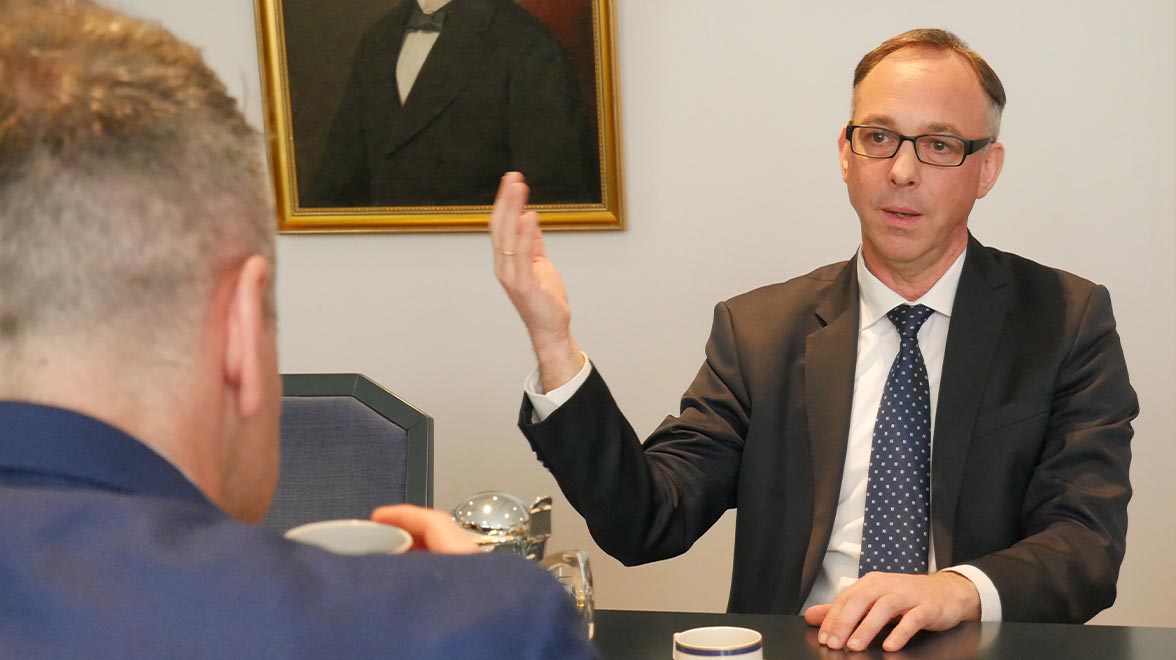
Walk: Traditionally, inflation plays a much bigger role for the European Central Bank than the economic outlook. With core inflation close to 6 percent and wages accelerating quickly, I think it will be very difficult for the European Central Bank not to raise interest rates in May. In addition, I think there are fewer risks to financial stability in Europe compared to the United States. So I think the European Central Bank will raise interest rates up to 3.5%. But don't get me wrong, I still see high recession risks for Europe in the second half of 2023 due to tighter monetary policy.
Cleveland: In the US, they say that inflation in Europe is only energy-driven. As soon as energy prices fall, inflation will disappear with a certain delay.
Walk: Well, we’re already seeing high wage growth and thus second-round effects. This should be a clear sign to the European Central Bank that the fight against inflation is not over yet. However, inflation expectations are still low, so there are no signs of a loss of credibility so far. The second-round effects could have been avoided if the European Central Bank had raised interest rates earlier last year.
Cleveland: If I’m correct that the banking crisis in the US is not over yet and that deposits will therefore continue to shrink and credit creation will slow down noticeably, there is a threat of economic weakness in the second half of 2023. At the same time, unemployment will then rise and inflation will ease. As soon as inflation eases, the Fed could start to cut interest rates. However, the timing of all this is difficult to predict. So if I'm right that the source of inflation is money and credit creation, inflation could decline, which would lead to an interest rate cut.
Walk: When I look at the labor market now, the dynamics in Europe might be a little different than in the US because a lot of workers are retiring in the next few years. So, in my opinion, the European Central Bank could wait and see how the labor markets develop before lowering interest rates.
Cleveland: Either way, at some point we're going to see interest rate cuts. If you look at previous cycles where the Fed has cut rates, it's always been pretty drastic.
 Deutsch
Deutsch English
English